 Later I will be posting more photographs of this same elk in the open field as we were leaving later in the afternoon.
Later I will be posting more photographs of this same elk in the open field as we were leaving later in the afternoon.Cataloochee Cove is one of two locations the elk are being re-introduced in the Great Smoky Mountains National Park. The elk are the reason I heard about Cataloochee Cove, and also the reason we visited the cove. I have never been around elk, so I am in the learning stage. 25 elk from Land Between the Lakes National Recreation Area were released in 2001. 27 more elk were released in 2002. They are radio-collared and will be monitored during the experimental phase of the project. You can see the collar in this photograph, and in the others I will post.
Elk are referred to as bulls, cows and calves. The adult male average 600-700 pounds. The cow average 500 pounds. Adult males have antlers that may reach a width of five feet.
They shed theirs antlers in March. The antlers, which are rich in calcium, are quickly eaten by rodents and other animals. (It is illegal to remove antlers from the national park.) After they have shed their antlers, elk immediately begin growing new ones. The rangers are setup all through the cove showing the antlers. So you can check them out up close, legally. By August elk antlers are full grown, weighing up to 35 pounds, and have shed their velvet. The size of the antlers is determined by they diet.
During the colder months of winter the elk wear a two-layer coat. Long guard hairs on the top repel water and a soft, wooly underfur keeps them warm. In the late spring elk shed their winter coats and start growing sleek, copper colored one-layer summer coats. Calves have lost their spots by summer's end.
Elk can live as long as 15 years. They have an acute sense of smell and excellent eyesight.





















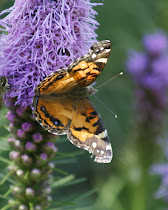
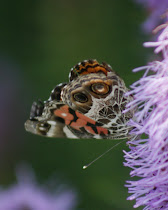
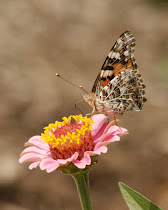

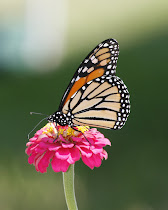






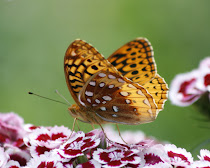


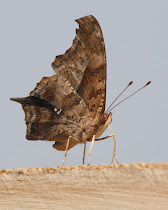
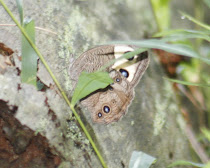









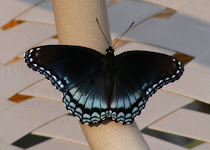.jpg)

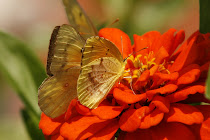.jpg)
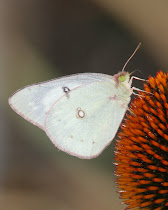


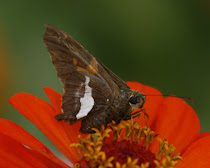
No comments:
Post a Comment